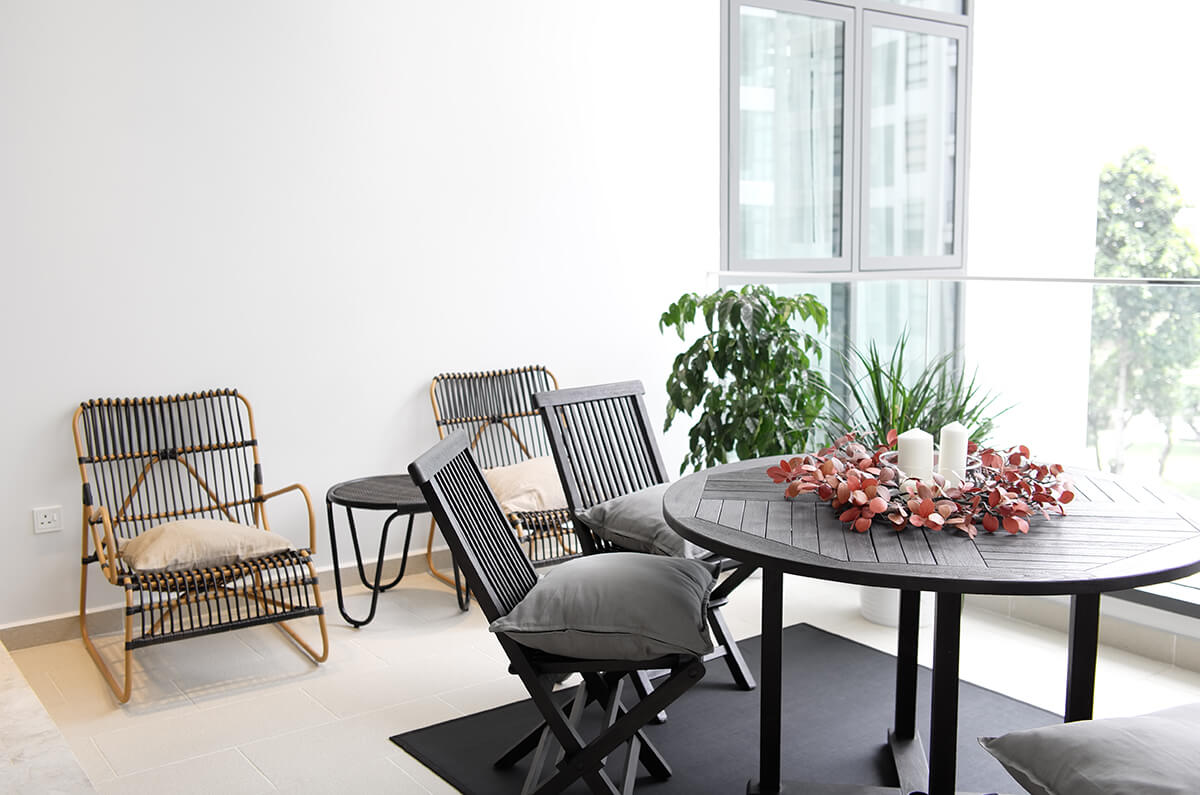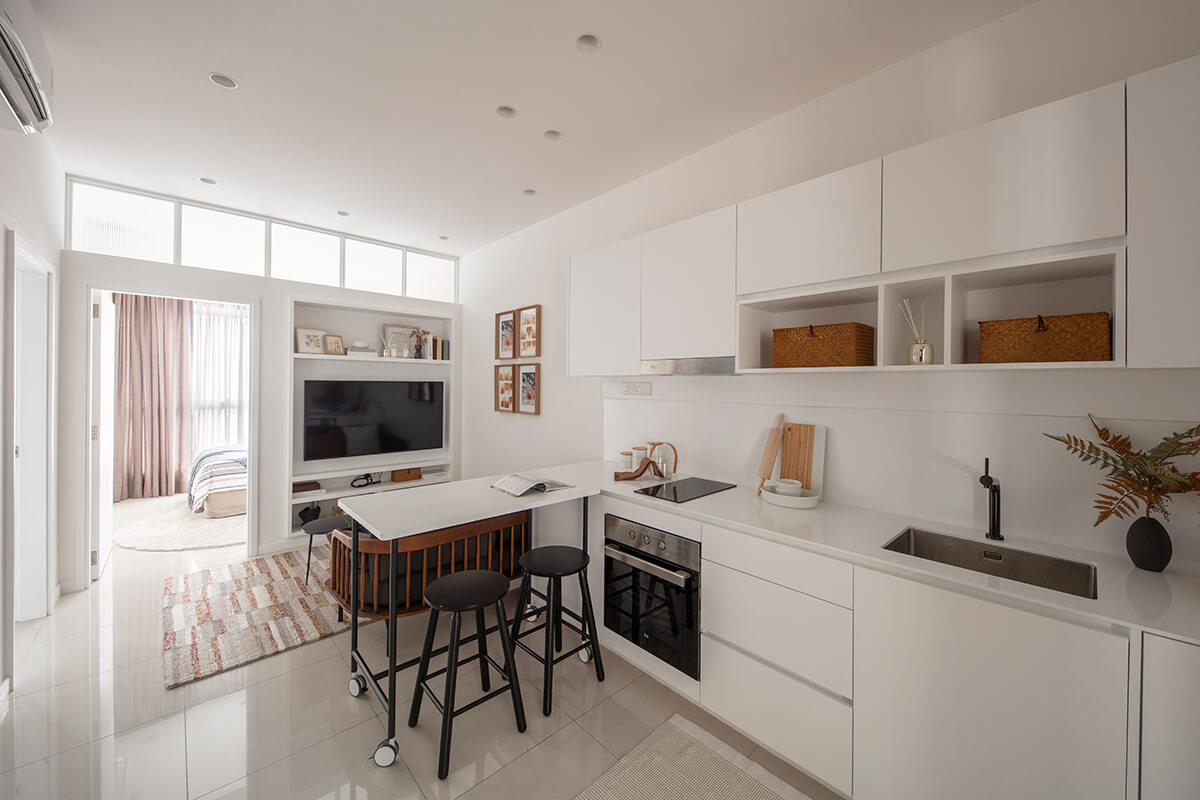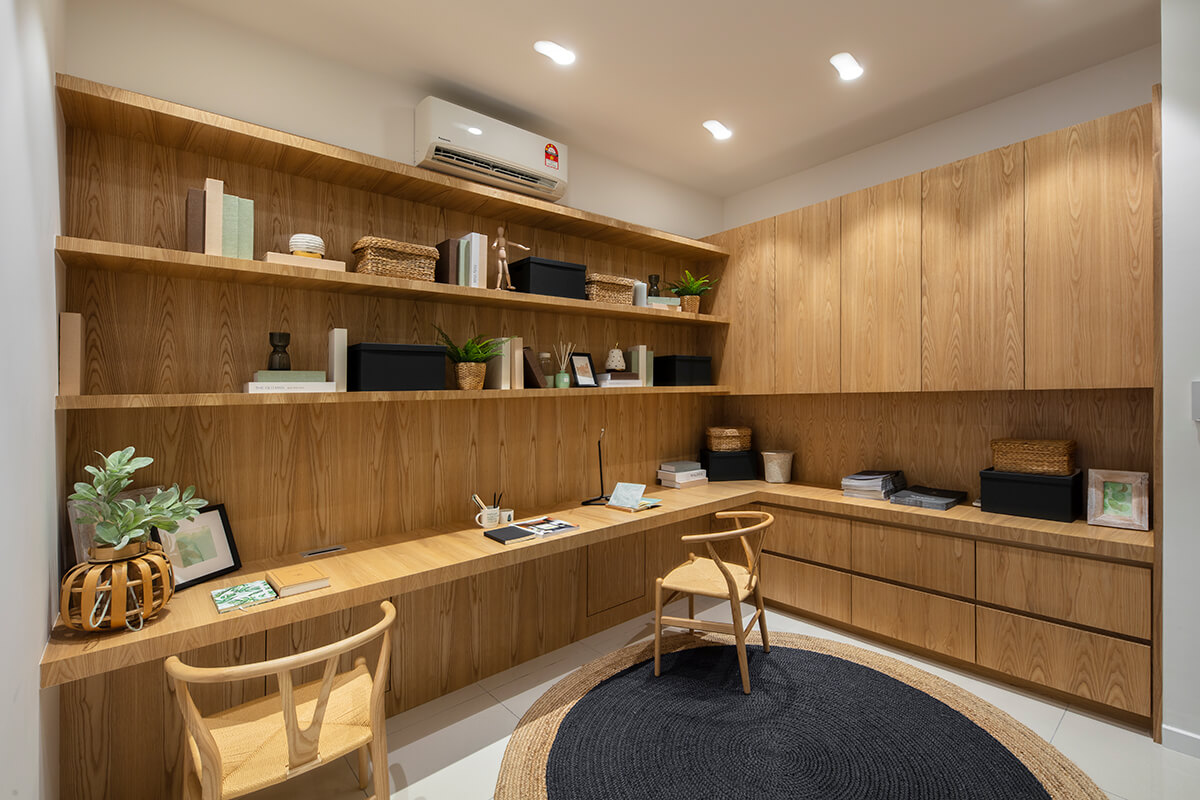The virus outbreak has led property developers and home buyers to reconsider the way we all live in the future. From social distancing and sanitisation measures to remote work policies, home spaces are being reinvented to adapt to a new era of living and work. As people are staying longer at home, there is a great interest in converting part of their living spaces into home offices and other types of spaces. To know more about how the coronavirus has sparked post-pandemic home design ideas, here are 3 fields to look into.
Health and Well-Being

Source : Madge Mansions
Generally, homes are designed for relaxation, entertainment, comfort and safety but there is less emphasis on designating a home office within the living space. As a result, people are exploring post-pandemic home design solutions for long-term, sustainable living.
For example, property developers are prioritising on creating homes with better access to fresh air and sunlight. A well-ventilated home can help to expel pollutants, excess moisture, bacteria and odours released by building materials and furniture. To make the indoor air cleaner and healthier to live in, installing windows and ventilating fans are a must. Apart from improving air quality, developers are also mindful of designing spaces for relaxation by incorporating environmental designs. Townships are known to have sanctuary spaces and green parks for residents to stretch their legs and relax outdoors after a day’s work. Some high-rise residences have their own green parks or are established near public parks as part of the developer’s environmental designs. Terrace gardens or roof terraces can also be found at condominiums and apartments for residents to step out of their rooms for a quick breather. Moreover, spaces for sanitising and storage for soiled items are increasing in demand to be included in new homes due to the pandemic.
Multi-Functional Spaces

Source : HighPark Suites
Traditional spaces have their own fixed function, which is incompatible to the current demands of living. As land becomes more limited due to urbanisation and the increasing number of population, design flexibility and space-saving ideas are needed to create rooms serving various activities simultaneously like cooking, playing, studying, working and resting. For instance, store rooms can be converted into guest rooms, while kitchen rooms can also be used as dining rooms. Having a home that has multi-functional rooms is helpful for families. Meanwhile, working adults, students and individuals relocating can benefit from modern co-living residences which are fully furnished and have shared common areas to save on housing and utility costs.
Smart and Sustainable Living

Source : HighPark Suites
It is a norm for sustainable living to be integrated with green technology. As part of the environmental initiative to reduce electricity and water usage, energy-efficient home appliances have become popular among homeowners. Since most people are working from home, working professionals in particular are considering having a smart home system installed. Smart home technology allows residents to control appliances, lights and other devices remotely using a smartphone or tablet through an internet connection to take care of the little details while homeowners can focus on their work. As a result of the pandemic, we may also see touchless technology being integrated into modern homes and shared facilities that utilises gesture, sound or voice activation for hygiene purposes.
Our GL homes have adopted innovative approaches to achieve a better living environment that is closer to nature and minimalistic in structure. Click here to explore our award-winning developments at Gamuda Land’s 360° Virtual Experience Gallery today!
Recommended Reads
8 Things You Didn’t Know About Gamuda Gardens
What to Consider When Property-Hunting During the Pandemic
Suburban Living : Connecting With Nature During the Pandemic


